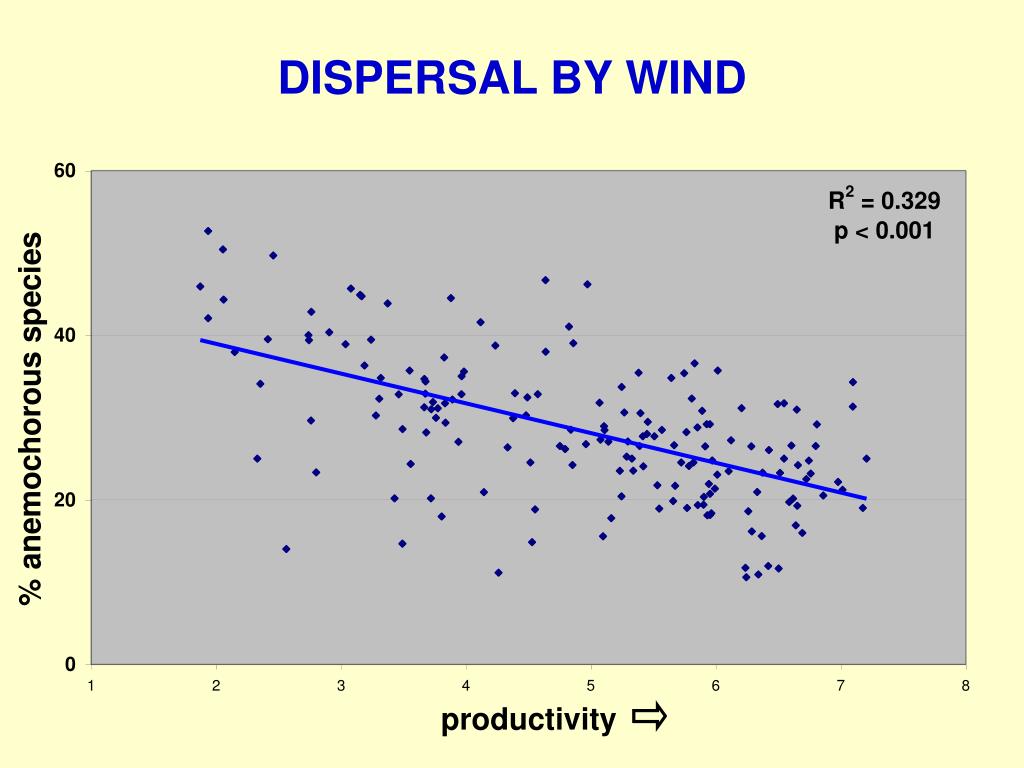

Some plants are serotinous and only disperse their seeds in response to an environmental stimulus. There are five main modes of seed dispersal: gravity, wind, ballistic, water, and by animals. The patterns of seed dispersal are determined in large part by the dispersal mechanism and this has important implications for the demographic and genetic structure of plant populations, as well as migration patterns and species interactions. Seeds can be dispersed away from the parent plant individually or collectively, as well as dispersed in both space and time. Plants have limited mobility and rely upon a variety of dispersal vectors to transport their seeds, including both abiotic vectors, such as the wind, and living ( biotic) vectors such as birds. In Spermatophyte plants, seed dispersal is the movement, spread or transport of seeds away from the parent plant. Our modeling framework builds on a mechanistic understanding of seed dispersal by migratory birds and may thus be a useful tool to estimate the scale and frequency of bird-mediated, large-scale transport of native, invasive, and pathogenic organisms.Movement or transport of seeds away from the parent plant Bird size mediated trade-offs between bird movement and seed retention time that, in turn, determined seed dispersal patterns and the potential of each bird species as an LDD vector. Seed dispersal curves showed in most cases large and heavy tails, resulting in relatively frequent LDD (up to 3.5% of dispersal distances longer than 100 km). By means of a mechanistic model parameterized with empirical data, we first investigated the properties of seed dispersal curves generated by migratory birds and then analyzed the effect of bird size on model parameters and consequent seed dispersal patterns. However, the few vector species studied and the lack of proper integration of their migratory movement in models of LDD has precluded the study of their potential as long-distance biotic dispersers.

The scale of such dispersal events (hundreds to thousands of kilometers) can influence landscape-level biological processes and species distributions. N2 - Migratory birds are often suggested to be important vectors for long-distance dispersal (LDD) of plant and animal propagules. T1 - Allometric scaling of long-distance seed dispersal by migratory birds. Our modeling framework builds on a mechanistic understanding of seed dispersal by migratory birds and may thus be a useful tool to estimate the scale and frequency of bird-mediated, large-scale transport of native, invasive, and pathogenic organisms. Migratory birds are often suggested to be important vectors for long-distance dispersal (LDD) of plant and animal propagules.


 0 kommentar(er)
0 kommentar(er)
